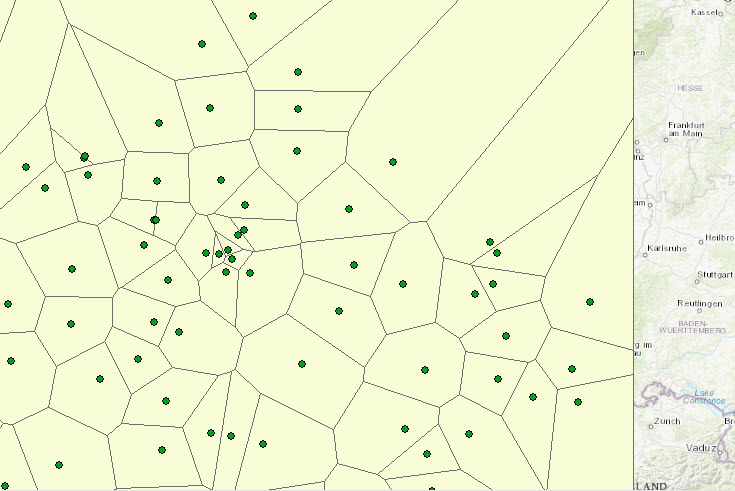

The steps below describe drawing polygon features, but the workflow is very similar for other types.ĭetailed guides for drawing all Feature Types, and using more advanced editing tools, can be found on the ESRI ArcGIS website help pages How you draw your Shapefile will depend on which Feature Type (point, polygon, polyline etc.) you selected when setting it up your Shapefile in ArcCatalogue.This is important when working with multiple Shapefiles in a single project. In the Target Dataset box always ensure the Shapefile you would like to edit is selected. In the Task box make sure Create New Feature is selected.The Editing tools will now be visible on the Editor Toolbar. To start editing your Shapefile click the button on the Editor toolbar and select Start Editing from the menu.On the menubar select View > Toolbars > Editor. (At this point you will not have added any information to your shapefile, so nothing will appear in the workspace showing your shapefile.)

Your Shapefile and maps you've added will appear as layers in the Table of Contents on the left hand side and will be displayed in the workspace. Use the 'Add Data' button to add the Shapefile you created in ArcCatalogue.
#Create features arcmap how to
You will learn how to do this in the follwing steps describing how to create and edit Shapefile features in ArcMap.Ĭreating Features and Editing a Shapefile in ArcMap. You add information to the Shapefile's database using the Shapefile's Attributes Table in ArcMap. When you add a field, choose what type of data it will contain by selecting a format from the Data Type column. Type in the Field Name column to add further fields for information you want to contain in the Shapefile's database. The Shapefile Properties window will open.

Right click the Shapefile in the Arc Catalogue window and select Properties. This database is used to store data against each vector shape we create in our Shapefile. You now need to set up the database associated to the Shapefile.Your Shapefile should now appear as a file in the ArcCatalogue window. To finish creating your Shapefile click OK on the Create New Shapefile window. Once added, click OK on the Spatial Reference Properties window. The best one to choose if using our georeferenced maps or WMS layers is the British National Grid, OSGB 1936 (EPSG:27700).Ĭlick Add to add the coordinate system to your Shapefile. You can then browse through sets of predefined coordinate systems and choose the one you require.

In the Spatial Reference Properties window, click the Select button. The Spatial Reference Properties window will open. To set the coordinate system click the Edit button. If you prefer, you can choose to leave this empty and specify it later. It is also possible to set up your shape file in a specific coordinate system.Polygon is often used to trace features on a map or mark boundaries. Polygon is used to draw vector areas on a map. Point allows vector points to be placed on a map to mark single locations. The most common types to choose are either point or polygon. For Feature Type, select the type of vector feature you would like to create.In the Name field enter a name for the Shapefile you are creating.This is used to set the preferences for the Shapefile you are creating. The Create New Shapefile window will open.From the Arc Catalogue menu bar select File and New > Shape File.Use the File Tree on the left hand side to browse to the location you would like to create and save your Shape File.
#Create features arcmap software
Open the ArcGIS - ArcCatalogue software.Workflow: Creating and Setting up a Shapefile in ArcCatalogue. Weaknesses: Uses proprietary software which must be purchased and can take time to learn.Has an extensive choice of coordinate systems and transformation methods to work in. Strengths: Offers a wide range of input and output image formats.Output options: A shapefile or KML file with vector features.Input options: Any georeferenced image file ( view list) or WMS layer ( view list) containing features you would like to trace.Creating Shapefiles - Drawing lines, points or polygons (vectors) in ArcGIS


 0 kommentar(er)
0 kommentar(er)
